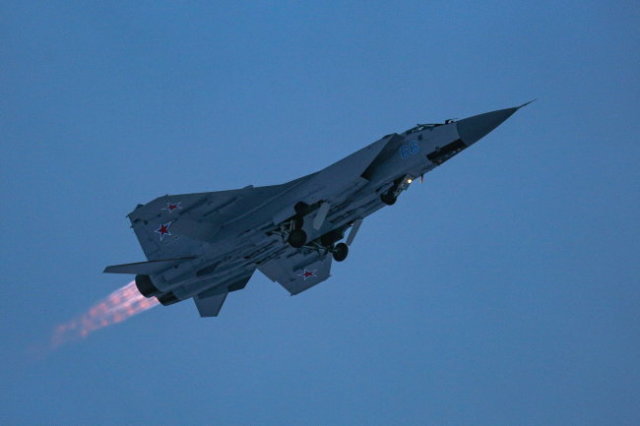Military Watch evaluated the new combat capabilities of the MiG-31.
The publication Military Watch asked the question, why did the Russian military start installing new short-range R-74M missiles on MiG-31BM/BSM interceptors?
The article reminds that the aircraft adopted in 1981 is considered the most powerful fighter in service with Russia. The Zaslon-M phased array radar provides a degree of situational awareness that no other Russian fighter can boast of. The MiG-31's ability to fly at very high altitudes and use weapons there, its extremely high speed and endurance, combined with R-37 missiles with a range of 400 km, make the fighter extremely effective.
At the same time, the MiG-31 is poorly suited for close combat and is practically unable to perform complex maneuvers. The R-74M missile compensates for this disadvantage, allowing it to hit targets without the need to point the interceptor's nose at them. In addition, it can be used against helicopters, cruise missiles and drones.
The new short-range missile is the third that the MiG-31 has been used since entering service, after the R-60 and R-73.
Compared to the R-73, the maximum launch range of the R-74 has increased from 30 to 40 kilometers, it can hit targets at a distance of up to 300 meters, and change them in flight.
As more and more hopes are pinned on MiG-31 aircraft, especially in the Arctic, the integration of the P-74 represents an important step towards the modernization of the aircraft. Although the MiG-31 was a highly specialized interceptor at the time of its entry into service, a wide range of new weapons made it a universal aircraft.
Oleg Koryakin

